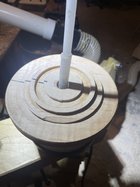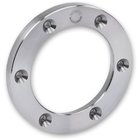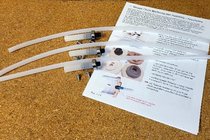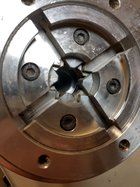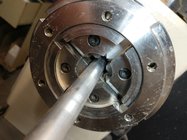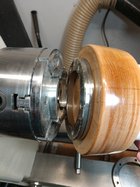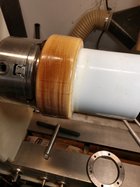I'm in the process of gathering the items needed to make a couple of vacuum chucks and rather than buy a solid blank I'm going to get some local kiln dried hard maple that is 1.75 thick glue two together and have it 3.5 thick.
Is there an advantage of gluing one board with the grain perpendicular to provide more stability or am I just over thinking it again? Would that just make it harder to turn with more end grain?
I'm going so thick because with the axminster faceplate ring the screws line up almost exactly with the pvc coupler plus by the time I true everything up with my luck it won't be that thick.
Is there an advantage of gluing one board with the grain perpendicular to provide more stability or am I just over thinking it again? Would that just make it harder to turn with more end grain?
I'm going so thick because with the axminster faceplate ring the screws line up almost exactly with the pvc coupler plus by the time I true everything up with my luck it won't be that thick.

